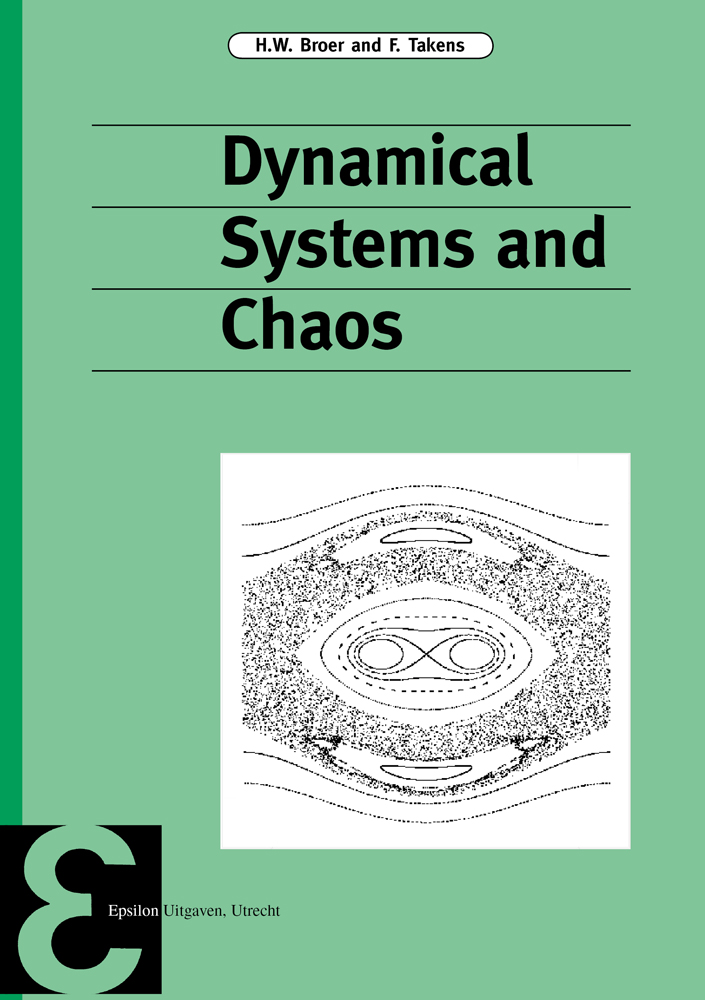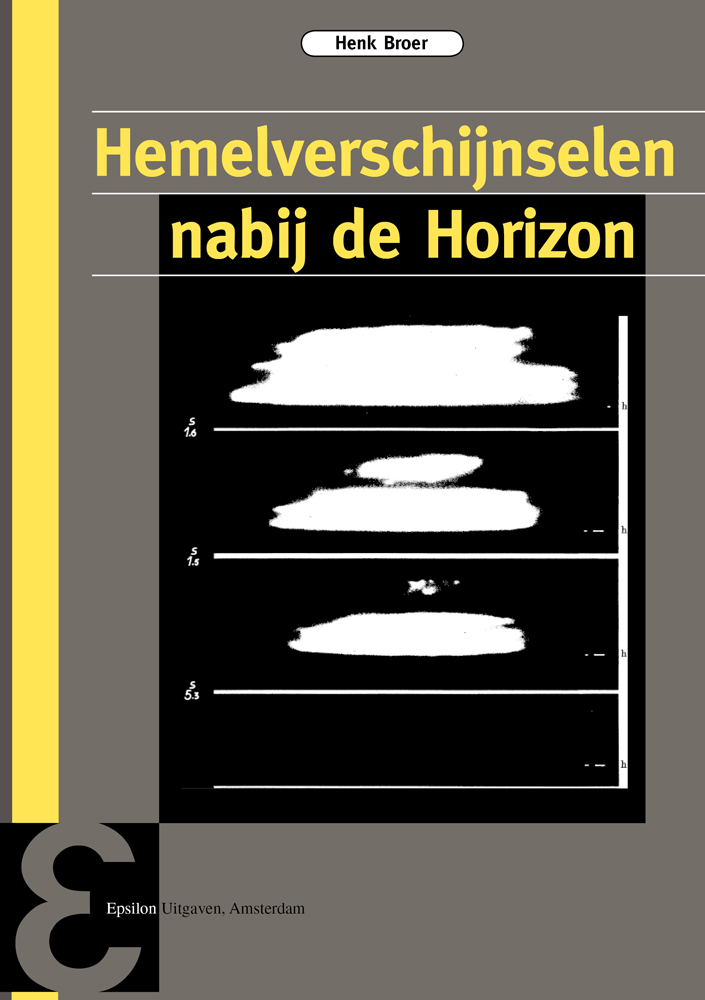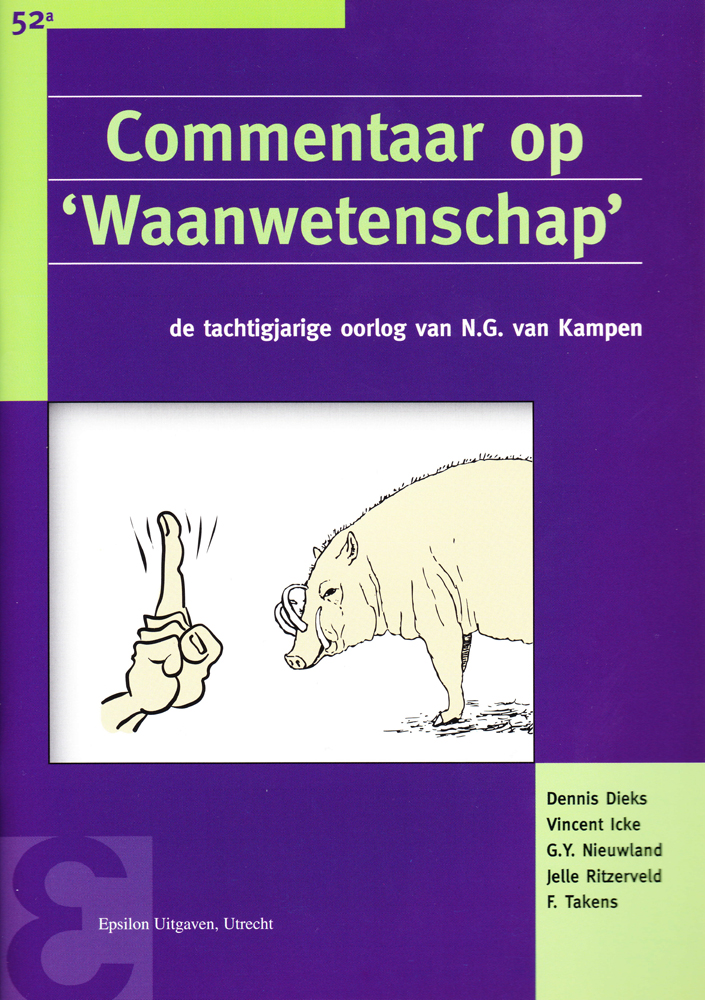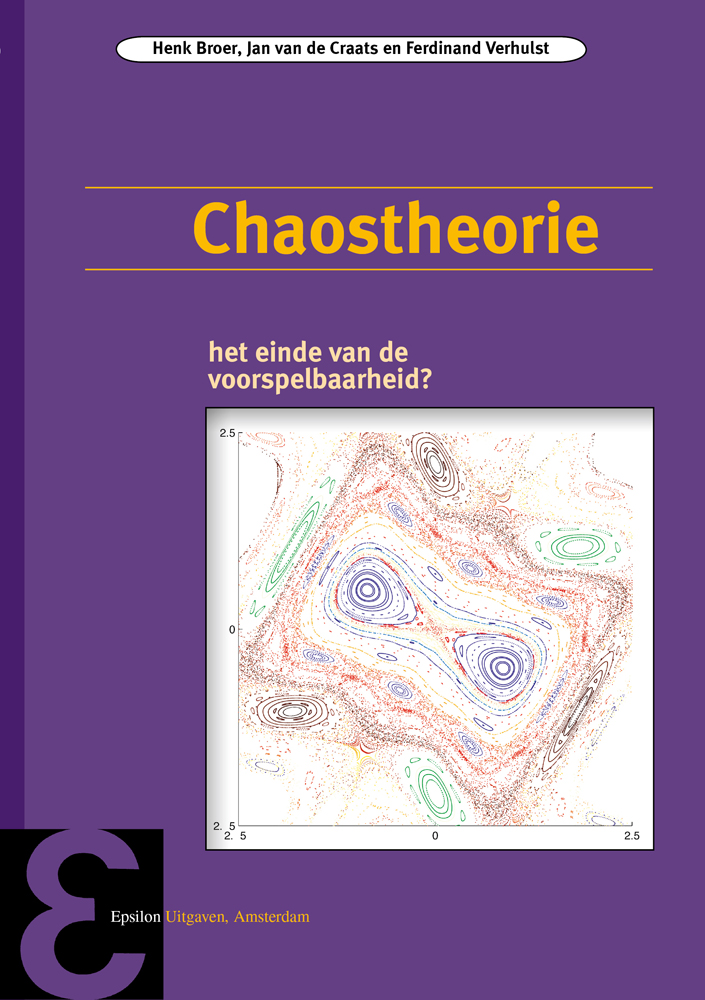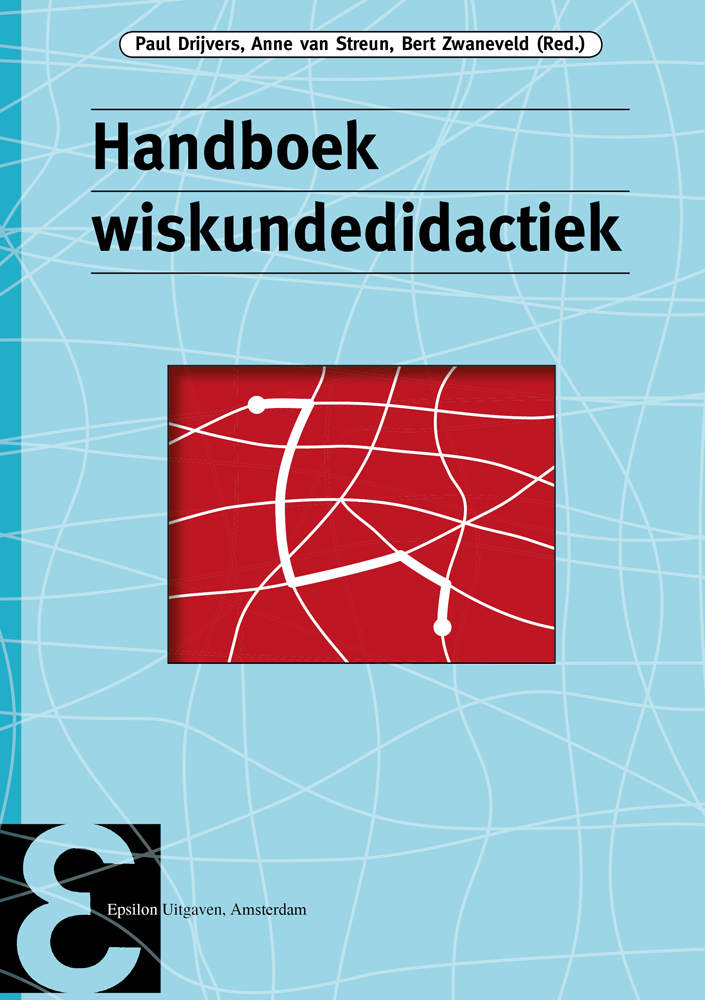Dynamical Systems and Chaos
Henk Broer, Floris Takens
€ 10,-
€ 32,-
incl. 9% BTW
Dynamical Systems and Chaos sketches the corresponding theory in a broad perspective, with a great number of examples illustrating the material throughout the text. Many of these, such as the Smale horseshoe, the Lorenz attractor, and the Logistic system, have been paradigmatic over the last half century.
Deel: Epsilon Uitgaven 64 | ISBN: 9789050411097 | Druk: 1, 2009 | Aantal pagina’s: 354 | Onderwerp: toepassingen van de wiskunde, dynamische systemen | Doelgroep: studenten hogeschool, studenten universiteit, onderzoekers
Henk Broer and Floris Takens (1940-2010), former professors at the Institute for Mathematics and Computer Science of the University of Groningen, are leaders in the field of dynamical systems. They have published a wealth of scientific papers and books in this area.
- Examples and definitions of dynamical phenomena
- Qualitative properties and predictability of evolutions
- Persistence of dynamical properties
- Global structure of dynamical systems
- On KAM Theory
- Reconstruction and time series analysis
Meer informatie
The theory of nonlinear dynamical systems enjoys a tremendous development since the 1960s. It contains the mathematics of deterministic systems like planetary motion, population dynamics, economic development, and climate evolution. One of the central concepts is that of ’chaos’, a property of certain deterministic motions that amounts to unpredictability in the long run. In chaotic systems this occurs in a significant way. Examples of chaos are met in weather and climate prediction, the evolution of bird influenza, but also in the planetary motion or in simple systems like two coupled pendula. Another type of motion is called multi-periodic, that also occurs quite regularly; these phenomena often occur upon transition from order to chaos. This type of motion occurs in many mechanical models, but also in more ’dissipative’ systems. Using both multi-periodicity and chaos we describe a coherent background of the Hopf-Landau-Lifschitz-Ruelle-Takens scenario for the onset of turbulence. One other theme of the book is the reconstruction of the dynamics from a long time series, which has led to early warning systems in chemical reactors.

